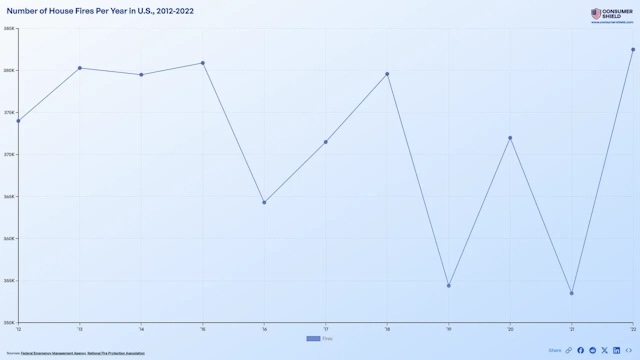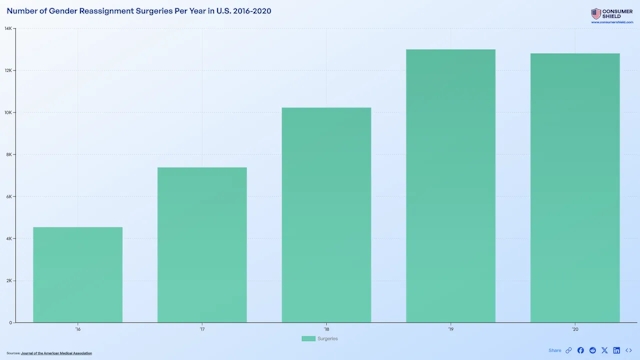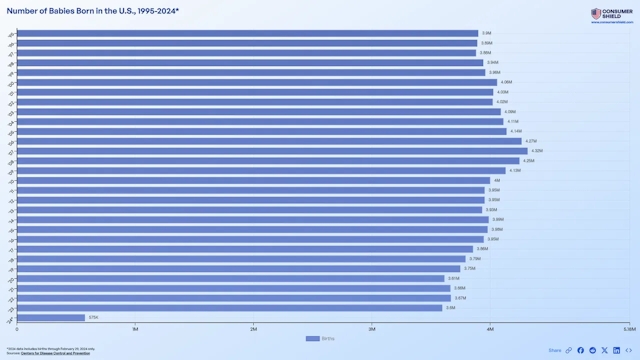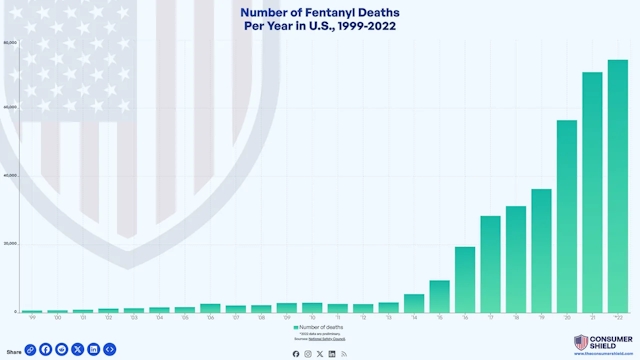The Rise of Glyphosate: From Agricultural Staple to Controversial Herbicide
Glyphosate, introduced in 1974, quickly became a cornerstone of modern agricultural practices due to its broad-spectrum application. Its usage escalated even further with the development of genetically modified (GM) crops resistant to glyphosate. For decades, regulatory bodies considered glyphosate to have low hazard potential to mammals. However, in 2015, the International Agency for Research on Cancer (IARC) classified glyphosate as "probably carcinogenic", sparking a global debate. This stance contrasted with evaluations by the European Union (EU) and joint assessments by the World Health Organization (WHO) and the Food and Agriculture Organization (FAO), which did not find a carcinogenic link.
Analyzing Glyphosate's Usage Trends
To understand the impact of glyphosate on agriculture and the environment, we will examine the application data from 1994 to 2014. In 1994, approximately 62,056 tons of glyphosate were used in the United States, with agricultural usage accounting for 76% of the total. However, by 2014, glyphosate usage had skyrocketed to over 910,293 tons, representing a staggering increase of 1366% from 1994 levels. Agricultural use continued to dominate, reaching nearly 90% of the total usage in 2014.
This exponential rise in glyphosate use can be attributed to the widespread adoption of glyphosate-resistant GM crops. The data reveals a consistent year-over-year increase, with a significant surge in the late 1990s, aligning with the introduction and widespread adoption of these GM crops. The peak years of 2007 to 2014 witnessed the highest levels of glyphosate usage, averaging around 66,000 tons per year. These figures highlight the integral role glyphosate plays in modern U.S. agriculture.
Environmental and Health Implications of Glyphosate's Surge
The dramatic increase in glyphosate usage raises concerns regarding its safety and environmental impact. With the IARC classifying glyphosate as a probable carcinogen, the RoundUp Lawsuit has shed light on the potential risks associated with prolonged exposure to this herbicide. Plaintiffs, ranging from agricultural workers to residential users, claim that their diagnoses of non-Hodgkin lymphoma are directly linked to their use of RoundUp. Notable lawsuits, such as Donnetta Stephens' case and the class-action lawsuit led by Lisa Jones, Horacio Torres Bonilla, and Kristoffer Yee, have brought attention to Monsanto's marketing practices and alleged concealment of glyphosate's dangers.
While the IARC's classification raised alarm bells, the U.S. Environmental Protection Agency (EPA) maintains that glyphosate is "not likely to be carcinogenic to humans." However, independent studies, such as one published in Mutation Research, have found a significant increase in the risk of non-Hodgkin lymphoma among heavy glyphosate users. This conflicting scientific opinion further fuels the controversy and ongoing legal scrutiny.






